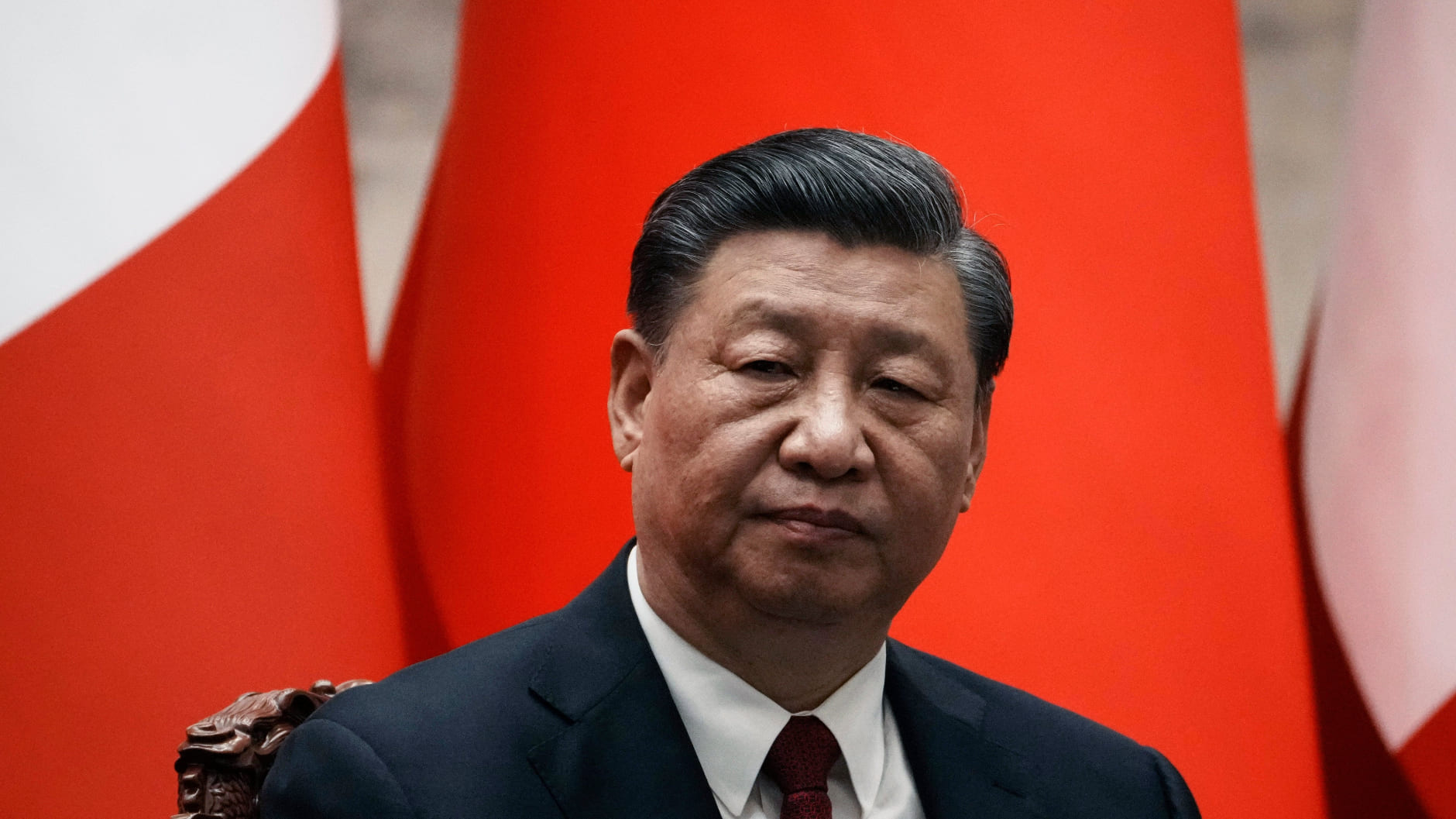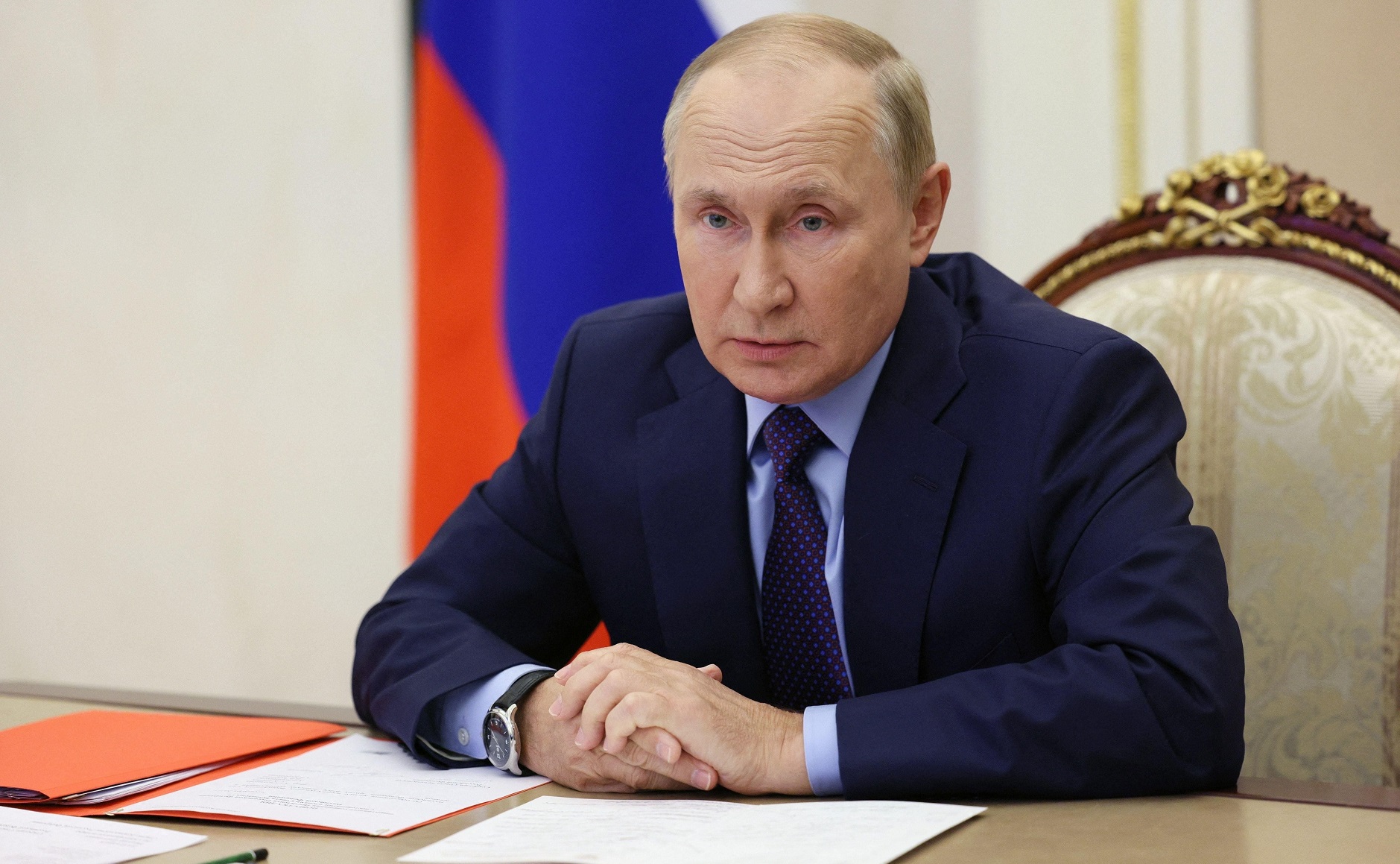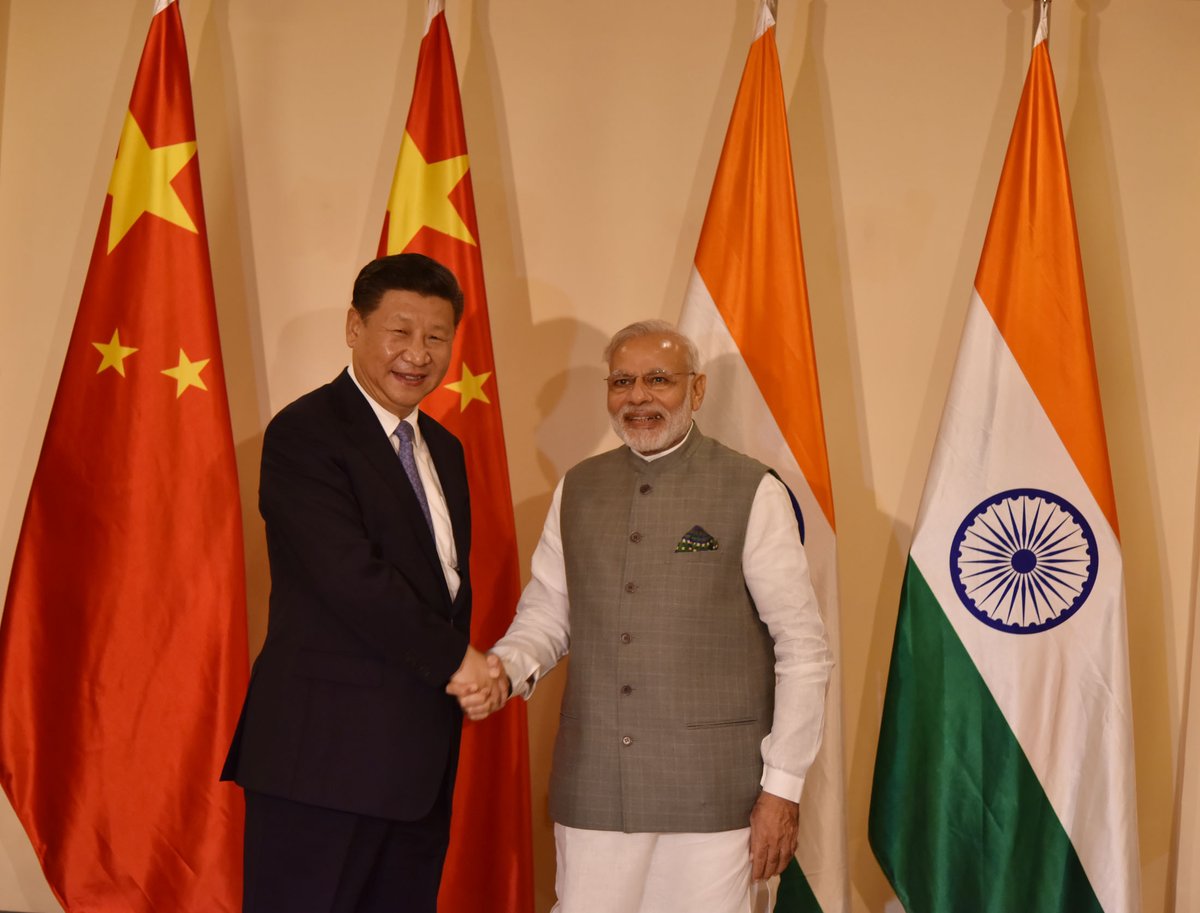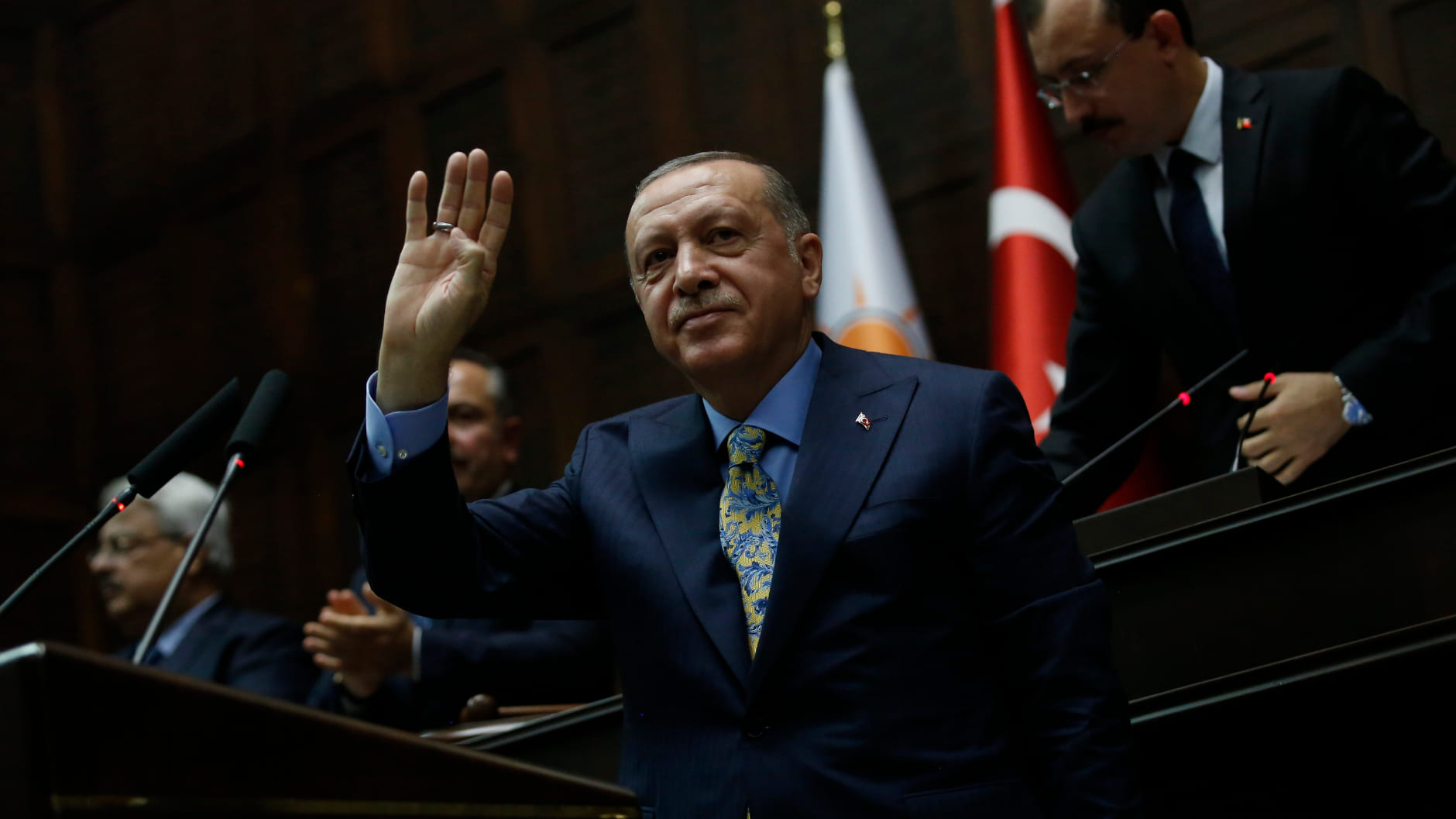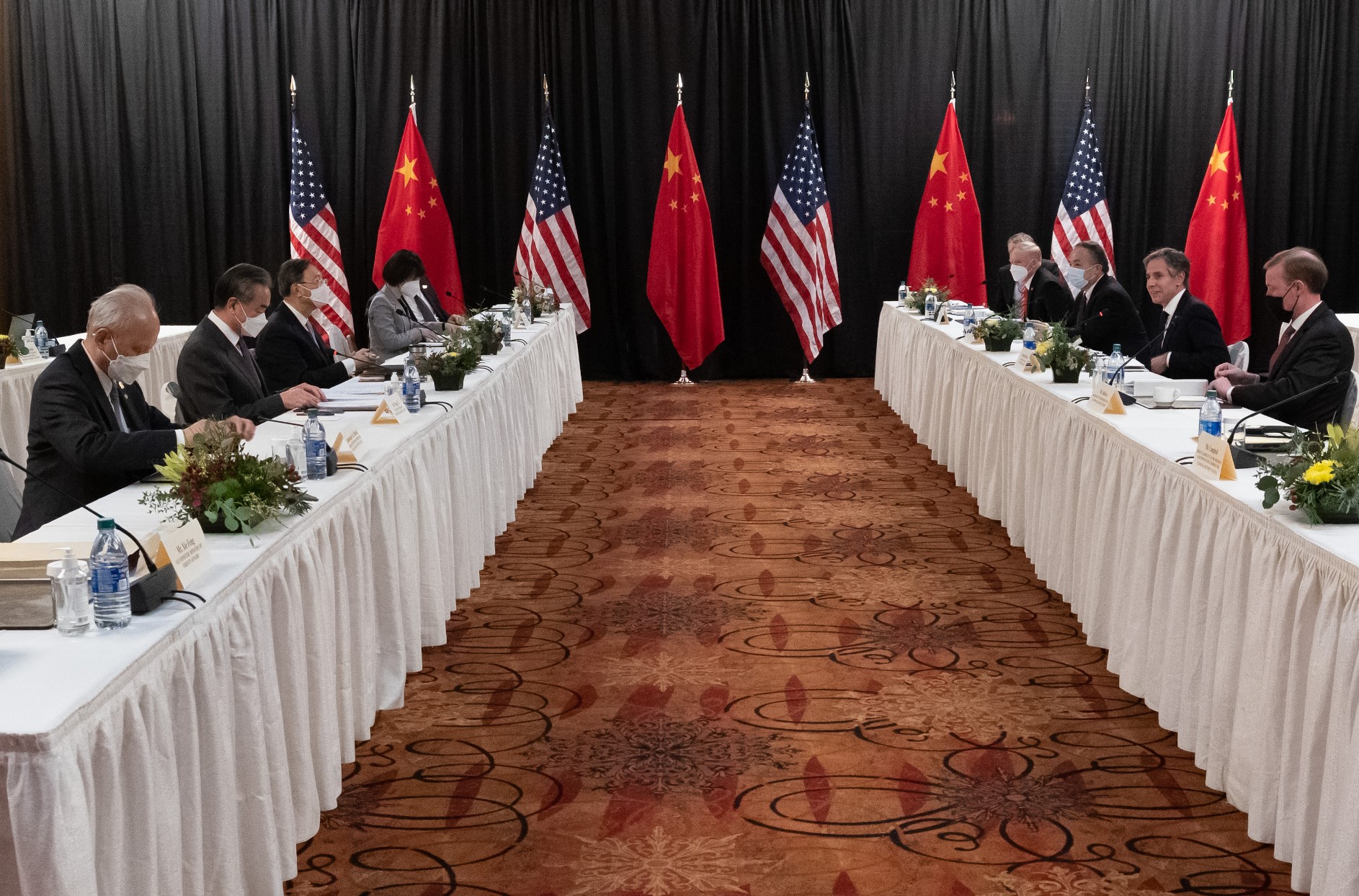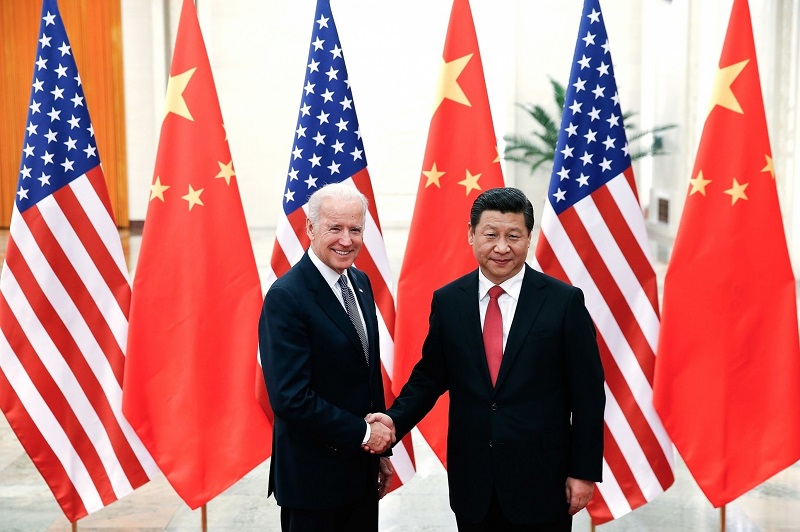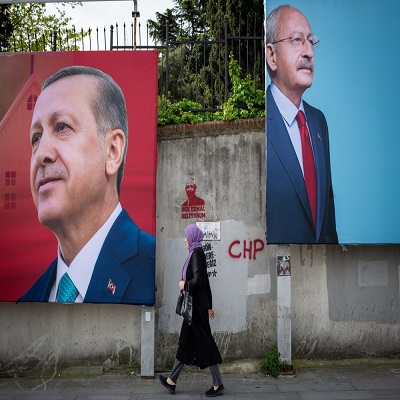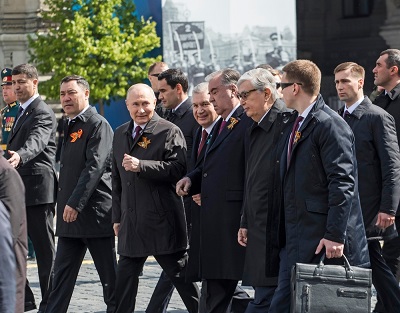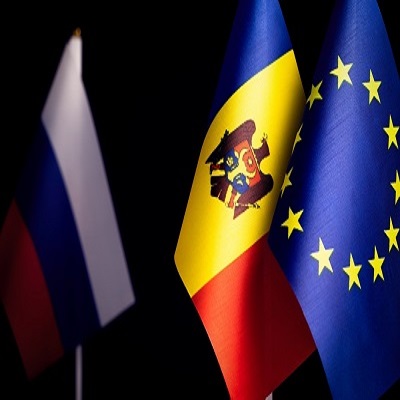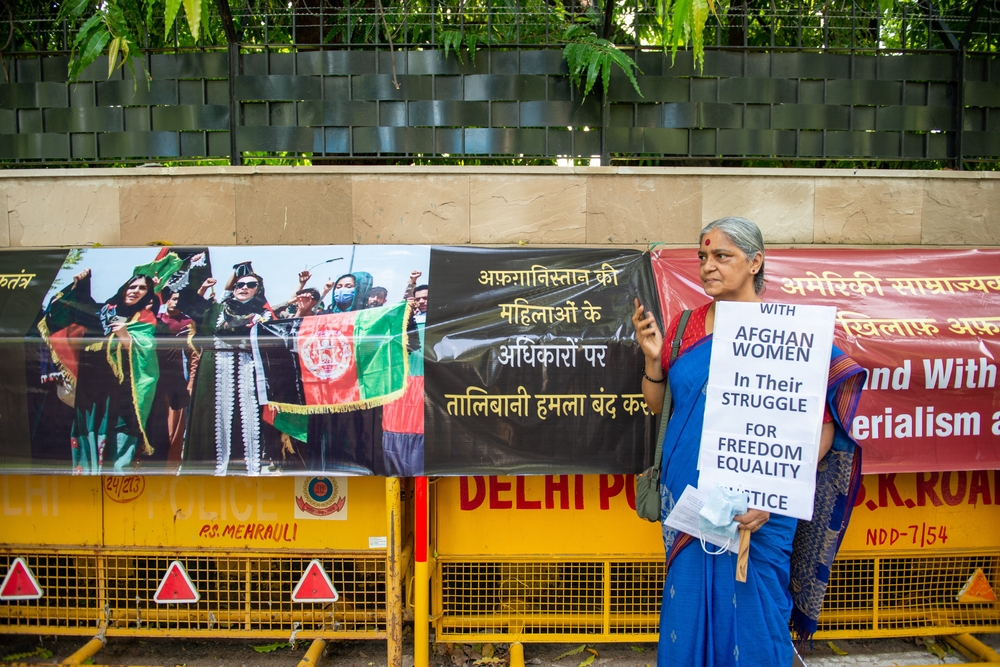
India-Taliban relations: A careful balancing act, driven by pragmatism
by Vinay Kaura
An ongoing power struggle for the position of ambassador at the Afghan embassy in New Delhi underlines India’s diplomatic quandary about the nature of its engagement with the Taliban regime in Afghanistan. India’s Ministry of External Affairs (MEA) has not issued any public statement regarding the dispute between representatives of the previous Islamic Republic of Afghanistan and the Taliban’s Islamic Emirate of Afghanistan over who should occupy the post, but reports suggest India has conveyed to both sides that they need to settle their internal issue on their own. However, the fact that the visa of Qadir Shah, the person appointed by the Afghan Taliban as chargé d’affaires in New Delhi, has reportedly expired further complicates the power struggle. If the Indian government decides to extend Shah’s visa, it would interpreted as India’s willingness to accept a Taliban-appointed diplomat in the Afghan embassy in New Delhi. Following its seizure of power in August 2021 after overthrowing the U.S.-backed Ashraf Ghani government, the Taliban regime has been seeking international diplomatic recognition along with Afghanistan’s seat at the United Nations. The Taliban regime has so far taken control of more than a dozen missions abroad, but India is yet to have a Taliban-appointed ambassador. In March, the Taliban regime’s spokesman, Zabihullah Mujahid, revealed that “efforts are underway to take charge of other diplomatic missions abroad. [...] Diplomats of the former government are continuing their activities in coordination with the [Taliban] Foreign Ministry.” Afghan embassies in Pakistan, China, Russia, Iran, Turkey, Kazakhstan, and some other Arab and African countries are now working under Taliban-appointed diplomats. India’s involvement in Afghanistan The security, economic, and humanitarian vacuum left by the withdrawal of American troops has significant implications for India’s interests in Afghanistan. India has always required and worked for a relatively stable Afghanistan free from threats by terrorist groups. Without formally recognizing the Taliban regime, in its many recent official statements India has made clear that it recognizes the reality on the ground. While India has also underscored the need for the Taliban regime to reform its governance in terms of gender and ethnic inclusivity, such normative considerations are unlikely to influence the substance of the India-Taliban relationship insofar as they do not essentially affect regional stability. India has no history of military intervention or political interference in Afghanistan and New Delhi has focused on forging people-to-people connections and projecting soft power. That is why, despite setbacks due to the hasty exit of U.S. forces, India continues to maintain goodwill among ordinary Afghans and perhaps even a section of the Taliban leadership (such as Abbas Stanikzai, the Taliban’s deputy foreign minister, who is believed to have a soft spot for India). Next to the U.S., India was Afghanistan’s principal regional source of development assistance since the Taliban’s ouster in 2001. In fact, India’s engagement with Afghanistan offers a compelling example of the use of soft power. Beyond its geostrategic motives, New Delhi was determined to bolster Kabul to ensure that a radical Islamist regime beholden to Pakistan’s security establishment did not gain a foothold in the region. That India and the Taliban-led Afghanistan have gradually drawn together to the extent that they have is an example of pragmatism in foreign policy making at its best. For India, it makes sense to try to give some reason, in the form of diplomatic exchanges and developmental assistance, for the Taliban not to permit the export of terrorism from Afghan soil. For the Taliban, notwithstanding their ideological rigidity domestically, the dire need for development assistance means maintaining silence on India’s policies on the Kashmir Valley, which is predominantly Muslim. The Taliban have sought India’s assistance in rebuilding their country. For a regime that has been diplomatically and financially isolated, its normal relationship with India also holds much pragmatic appeal, given New Delhi’s growing geopolitical influence and longstanding interest in accessing Central Asian markets via Afghanistan. New Delhi expands its presence and engagement In June last year, New Delhi decided to deploy a “technical team” at the Indian embassy in Kabul to re-establish its diplomatic presence in Afghanistan for the first time since the Taliban takeover. And soon after, when India delivered a consignment of medical supplies to Afghanistan as part of its humanitarian assistance, India’s external affairs minister, S. Jaishankar, characterized India as “a true first responder” in Afghanistan. India’s move to expand its diplomatic presence is also driven by a desire to coordinate humanitarian relief efforts. In order to avert a humanitarian crisis in Afghanistan, India supplied 40,000 metric tons (MT) of wheat overland via Pakistan in February 2022 and an additional 20,000 MT via Iran’s Chabahar port in March 2023 to be distributed through the U.N. World Food Programme (WFP), along with 45 tons of medical assistance in October 2022, including essential life-saving medicines, anti-TB medicines, 500,000 doses of COVID-19 vaccines, winter clothing, and tons of disaster relief material, among other supplies. In addition, India’s union budget for 2023-24 also made a special provision for a $25 million development aid package for Afghanistan, which has been welcomed by the Taliban. The Taliban have reportedly requested that India finish about 20 incomplete infrastructure development projects across the country. In April, during the signing of a memorandum of understanding with India for the dispatch of an additional 10,000 MT of wheat, the WFP assured India that it has the necessary infrastructure on the ground to quickly deliver the wheat to the most needy sections of the Afghan population. Recently, the MEA, under the aegis of the India Technical and Economic Cooperation Programme (ITEC), invited Afghan government officials to attend a four-day virtual course on Indian legislation and business climate. In principle, India’s outreach to the Taliban is also conducive to achieving its counterterrorism objectives. However, there is a risk of over-expectation on the part of New Delhi that the Taliban would crack down on anti-India terrorists, as well as indications that the Taliban regime continues to maintain its deep links with Pakistan’s security establishment. It has been suggested by National Defense University Professor Hassan Abbas in his recently published book, The Return of the Taliban, that the Taliban regime consulted the Pakistani military before allowing India to reestablish its diplomatic presence in Kabul in June 2022. The Taliban’s ideological constraints India-Taliban relations could be hampered by the Taliban’s internal ideological positions, which the group has clung to rigidly even at the expense of its efforts to secure international recognition. The Taliban regime banned girls from educational institutions and prevented women from working in most fields of employment, including at non-governmental organizations. Women have also been ordered to cover themselves in public and are barred from many entertainment and sports venues. External pressure, including the imposition of sanctions, has not done much to convince the rigid hardliners within the Taliban regime to change their direction on human rights, gender equality, or ethnic representation in governance. This suggests that there are limits to what India can achieve through its interactions with the Taliban. The risks for India are heightened because some Pakistan-based terrorist groups would likely criticize the Taliban regime for seeking closer ties with India. Moreover, were Kabul’s cooperation with New Delhi to pose a threat to the Taliban’s own internal ideological legitimacy, this would also serve as a check on efforts to normalize relations. Regional dynamics and prospects for cooperation The Taliban regime is enthusiastically courting other regional powers as well, such as China, Russia, and Iran, each of which has its own regional interests. For instance, in contrast to India’s passive role and limited footprint in Afghanistan, China has been expanding its diplomatic and economic presence in the country. Recently, China discussed with the Taliban regime how to bring Afghanistan into the Belt and Road Initiative (BRI) to boost investment in the crisis-hit country, while also pressing Kabul to deliver on its regional and international commitments to counter terror. In January of this year, Beijing signed a 25-year contract to extract oil from the Afghan Amu Darya Basin and is also negotiating other lucrative commercial deals with the Taliban regime. Central Asia has often been seen as a test case for Indian leadership. It is in Afghanistan that India has taken a notably more proactive approach to driving regional cooperation through connectivity initiatives. India has also used the Shanghai Cooperation Organization (SCO) platform for this purpose. With inclusion of Iran this year, membership in the Eurasian political, economic, and security organization now includes all of Afghanistan’s immediate neighbors with the exception of Turkmenistan. Early this month in Goa, India, the foreign ministers of SCO countries called for the establishment of a representative government in Afghanistan as well as the protection of women’s rights. Indian External Affairs Minister Jaishankar remarked, “Our immediate priorities include providing humanitarian assistance, ensuring a truly inclusive and representative government, combating terrorism and drug trafficking, and preserving the rights of women, children, and minorities.” While the SCO might appear a viable platform for regional cooperation, there are certain limits to its effectiveness in dealing with Afghanistan due to the divergent political and security interests of some SCO members, particularly India and Pakistan. Moreover, given Russia’s reduced international stature and Beijing’s growing leverage over Moscow due to its brutal war against Ukraine, the SCO is now a China-led organization. China is a key participant in many important regional forums where Afghanistan remains a core security concern. Since India has a very uneasy relationship with China and supports U.S.-led geopolitical initiatives, primarily the Quadrilateral Security Initiative or Quad (comprising India, the U.S., Japan, and Australia), to counter China, there are practical constraints to what India can achieve through the SCO. While the Taliban have not yet shown the traits required for recognition as a legitimate political organization responsible for governing Afghanistan, the non-recognition of their regime should not worsen the suffering of the Afghan people. India has a clear interest in a stable and well-governed Afghanistan, not least to prevent spillover into Kashmir. For now, India’s policy toward Afghanistan remains focused on building pragmatic, if not cooperative, relations with the Taliban. India is engaging the regime on its own terms and continues to highlight its commitment to Afghanistan’s ethnic minorities and women. India is equally careful that its interactions should not be viewed as a diplomatic embrace of the Taliban or its acceptance of their repugnant governance model.









